Advertisement
MGH doctor: Hospital art boosts health equity when it reflects all patients
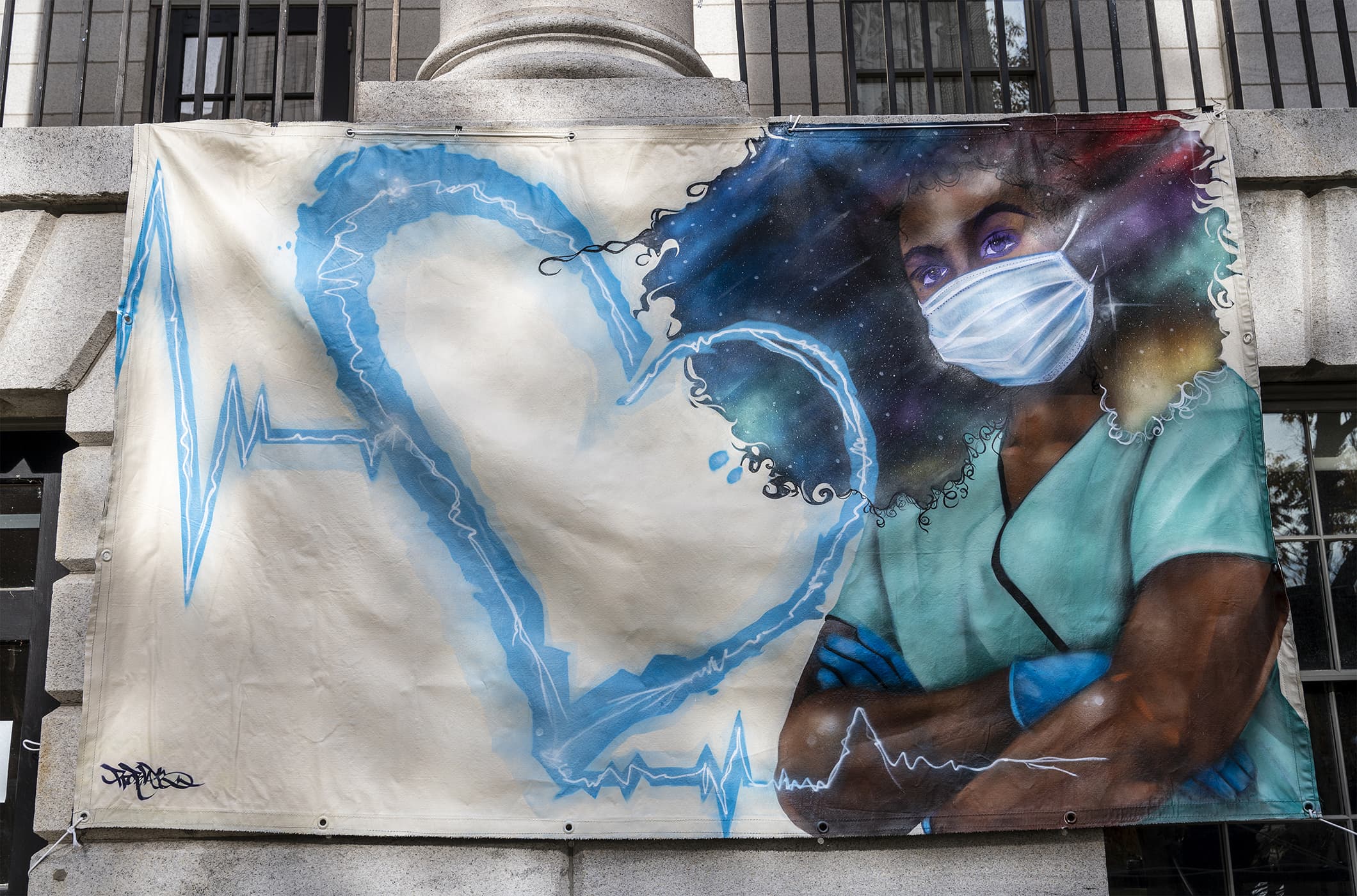
Dr. Daniel Chonde believes art can unlock doors to better health, and he's determined to provide a key.
The radiology resident at Massachusetts General Hospital in Boston founded "The Peoples' heART" project in 2020 and serves as its executive director. The project is aimed at improving health equity by creating inclusive spaces in medical settings through the use of art and design.
The basic approach? Chonde says it's simple: "Explore new, innovative, funky, fresh, weird ways of connecting with the community, and hopefully connect our whole hospital staff with our whole, incredibly diverse patient populations."

For too long, Chonde says, some groups have not felt comfortable in health care settings. To address that, the project focuses on installing a diverse array of art in hallways, waiting rooms and other areas around MGH. The group's website features further explorations of the artwork and the artists.
Chonde says he believes the more that patients and staff from a range of backgrounds can feel welcome, seen and empowered in hospitals, the more likely it is that people will seek care and keep coming back — which adds up to better outcomes for individuals and communities.
Chonde spoke about "The Peoples' heART Project" with WBUR's Weekend Edition host Sharon Brody.
Highlights from this interview have been lightly edited for clarity.
Interview Highlights
On what people typically see adorning the walls in health care settings:
"We see a lot of abstract art, a lot of landscapes, a lot of cabins in the woods of Maine and winter. I don't know about you, but I'm a Michigan guy, right? I love a good cabin. But, you know, I also love the sights and sounds of New Orleans, or a little bit of color, or maybe a flamenco dancer, too."
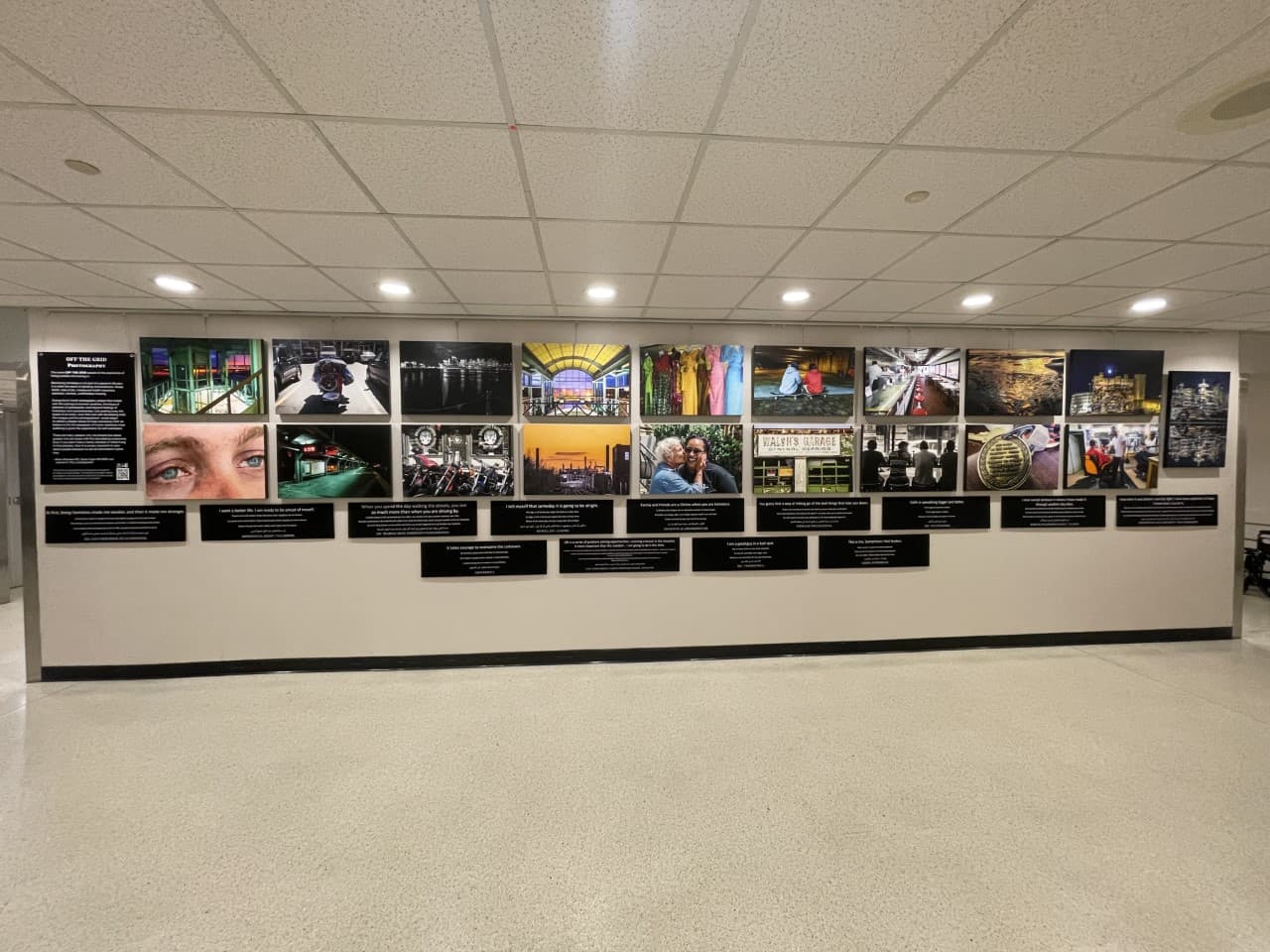
"But, that's not really the themes that you were seeing in our hospital spaces. And you definitely weren't seeing things like more of the grunge art, more street art, more contemporary portraiture."
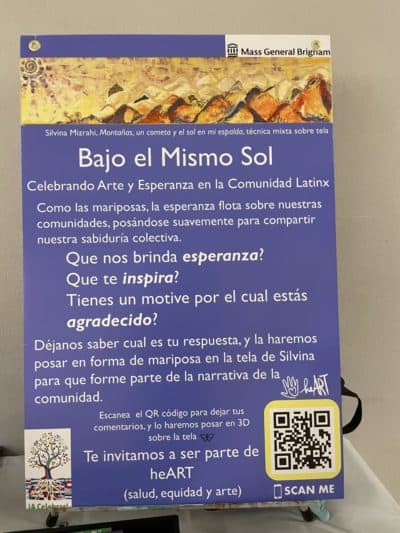
On why it matters to appeal to certain groups:
"We call these groups 'historically underserved populations,' and a large portion of why they don't seek care through us is because they don't see themselves reflected in our space. They don't see their values. And so we are trying to flip that on its head and to create a space which is open to the amazing diversity of our patient populations and the groups who work within our walls.
"This all kind of falls to the thesis that if you are a white, cisgender heterosexual man — and I can say this as a half-white, cisgender, heterosexual man — if I'm in a hospital space and I see something on the wall which doesn't reflect me, say I see a transgender indigenous woman playing the bagpipes in a painting, that isn't going to affect my understanding of the quality of care that I'm going to receive, because I know that I'm going to receive quality care. It's not going to affect my perception. But if I am a transgender Indigenous woman who loves the bagpipes, and I'm in this space, I'm going to say, 'Look, they they put me on the wall! They understand something about me! Or at least understand that I exist in this world enough to include me in this conversation!' And that's huge."
Advertisement
On the interactions provoked by the project's displays:
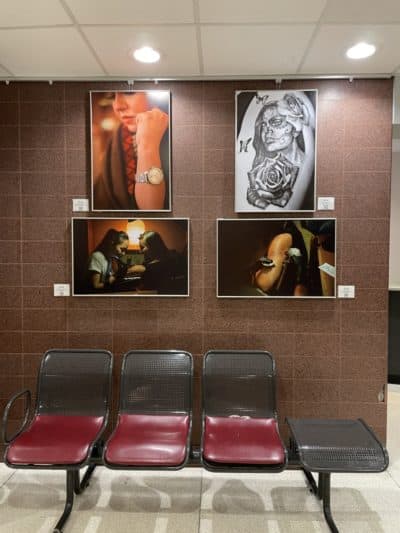
"[We have] really interesting stories of patients experiencing the art. Obviously, you get the kind of surprise, like: 'I would never imagine myself in 100 years seeing me on the wall, or seeing this kind of art on the wall, or seeing pictures of my town — the town of Roxbury or the town of Chelsea or the town of Lynn — being celebrated.'
"But also, we currently have an installation up, which is body art from around the world. This was in collaboration with our immigrant health clinic. And ... you create the space where people want to show each other their body art. It becomes a conversation-starter. There was a security guard and two patients who were admiring the work and then started showing each other their tattoos. You see everything kind of come together in this mixing pot and you see people gaining appreciation for these other cultures."
On how inclusive exhibits can help nurture deeper levels of understanding and improve medical outcomes:
"We want to provide equitable care for our patients, which means any patient that comes in the door, we want to understand that patient's cultural, socioeconomic, [and other] positions. ... In order to do that, we need to have empathy. And art can drive empathy. The way this works is, empathy in our brain is driven by a group of cells called mirror neurons. Functional imaging studies have shown that art can actually drive these same neural circuits. And so in that way, we can use art almost like a treadmill, if you were going to, after an injury, rebuild leg strength. We can use art as a way to build emotional competency — to build empathy."
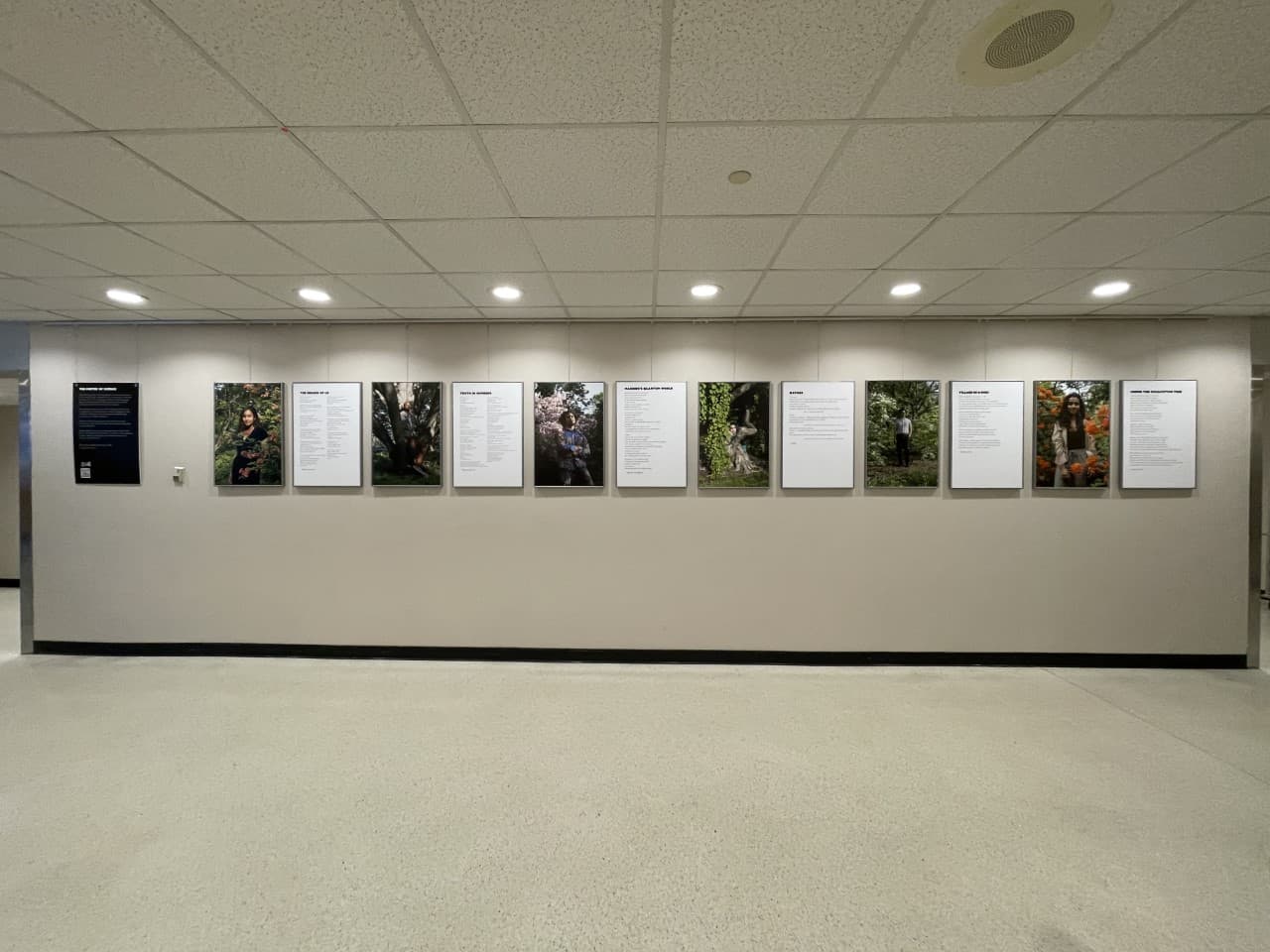
On Dr. Chonde's dreams for what The Peoples' heART Project can help achieve:
"We want to go all out. Because now we have an opportunity to redefine what community health is, and what an underserved population is, and hopefully change that definition of who underserved populations are to include exactly no one."
This article was originally published on February 15, 2022.
This segment aired on February 27, 2022.
